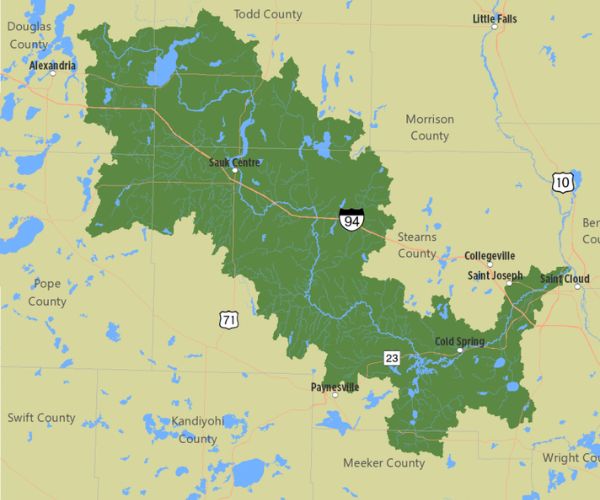The Pope SWCD would like to share that landowners located in the Sauk River Watershed have a current opportunity through the Sauk River Protection Program in partnership with the Minnesota Land Trust.
There will be a meeting held on Wednesday, January 25 from 7 -9 pm and Wednesday, February 8th from 7-9pm at the Sauk Centre City Hall: 320 Oak Street S, Sauk Centre, MN 56378. Click on the information below to RSVP if you are interested.
https://mnland.org/2021/05/21/sauk-river-watershed-habitat-protection-restoration-program-2/


